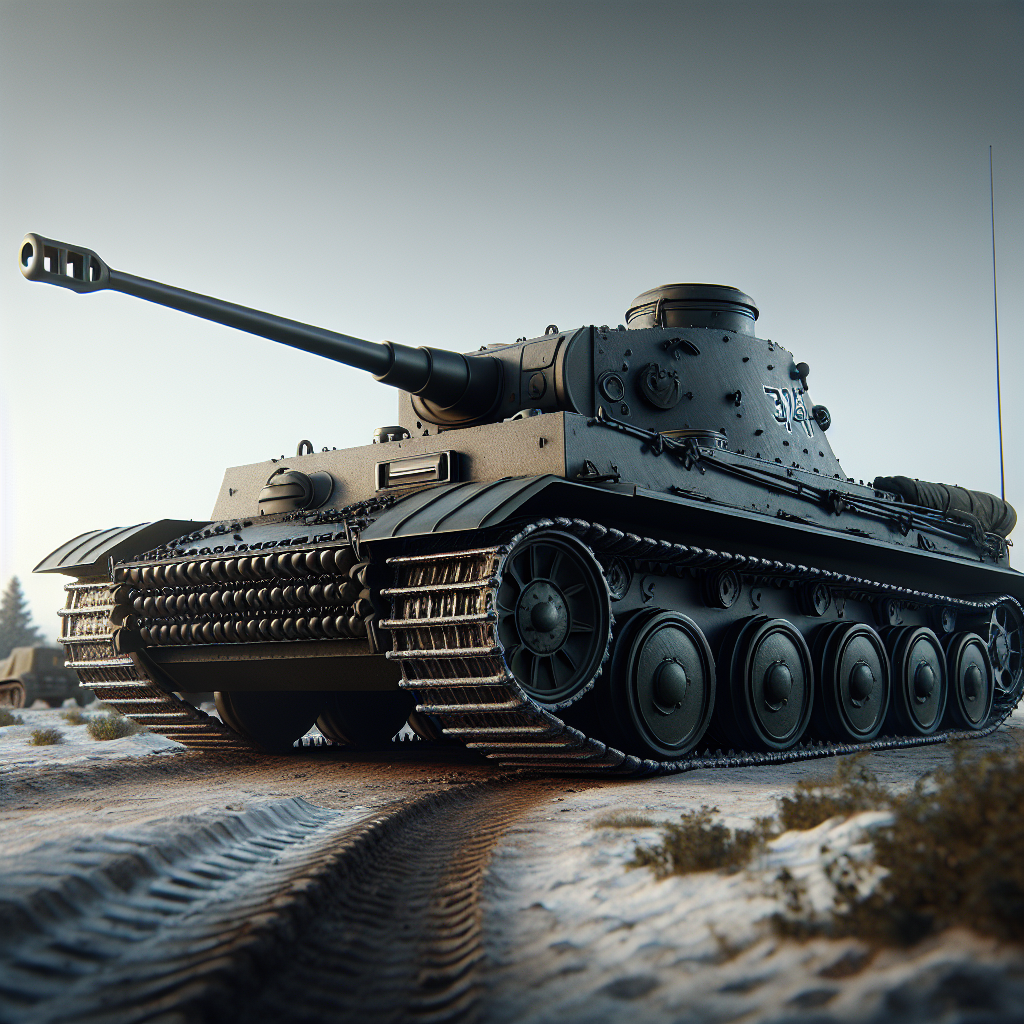Imagine cruising down a historical lane where the vehicles are terrifyingly armored, their sheer presence echoing stories of courage and tragedy. Within this fascinating theater of war, the Jagdpanzer stands as a sentinel of German engineering, holding an intrinsic place in the conflagration of World War II. Conceived amid the intense battlefields of the 1940s, the Jagdpanzer, or "hunting tank destroyer," made a significant impact on the war, particularly on the Eastern and Western fronts.
The origins of the Jagdpanzer are rooted in Germany's desperate need for effective armored vehicles to counter increasingly formidable Allied tank designs. During the Spanish Civil War, early German tank designs revealed significant weaknesses against fortified positions and emerging tank threats. By World War II, as blitzkrieg strategies advanced, the need for a well-armed and adequately protected tank destroyer became paramount. In response, German engineers developed the Jagdpanzer, a series of formidable tanks that amplified their battlefield capabilities with their low profiles, sloping armor, and powerful guns.
However, the advent of the Jagdpanzer was met with challenges. The German war industry, constrained by strategic bombing and resource shortages, struggled to meet production demands, leading to inconsistencies in manufacturing and design. Various models, such as the Jagdpanzer IV and Jagdpanther, each brought distinct features to the field, but their effectiveness was often tempered by mechanical issues and the logistical nightmares of war. Nonetheless, the Jagdpanzer left a significant mark in battle scenarios due to its ability to ambush enemy armor effectively.
Ethically, the creation and use of such tanks raise critical questions. On one hand, these machines represented a significant leap in military technology; on the other, their utilization underscores the fraught morality of war, where engineering brilliance often allied with destructive purposes. Understanding this duality helps us appreciate the double-edged sword that technological advancement represents in warfare.
For those with an interest in military history, the Jagdpanzer serves as a poignant reminder of engineering brilliance intertwined with the brutality of conflict. From the perspective of a politically liberal and historically aware individual, it's vital to acknowledge both the ingenuity behind these machines and the human cost of their use. Every bolt and rivet in the Jagdpanzer echoes stories of soldiers and civilians who lived through the turmoil or fell amidst its chaos.
As we turn those rusty pages of history, the tales of devices like the Jagdpanzer nudge us toward contextual awareness. We realize that behind every armored vehicle is a story of ambition, struggle, and the insatiable human desire for survival in uncertainty. Each Jagdpanzer that rolled across the battlefields of Europe was not just a vehicle of war but a complex embodiment of the dire circumstances that characterized the era.
Today, as we discuss these relics from behind our screens, there's a fascinating counterview to consider. Some military historians argue that the efforts and resources spent on crafting the Jagdpanzer could have been preferentially allocated toward enhancing the production of more conventional yet versatile tanks, potentially changing the scope of German military strategy. Furthermore, they contend that investing heavily in larger armored units overlooked the growing importance of air power and mobility in modern warfare.
Yet, despite these criticisms, the Jagdpanzer stands as a testament to an era dominated by desperation and ingenuity alike. To Gen Z, a generation nurtured amidst technological breakthroughs and complex global narratives, the lessons from the rise and fall of these vehicles extend beyond metal and machinery. The Jagdpanzer symbolizes a time when innovation danced with necessity under the ominous clouds of a global unrest.
In reflecting upon these armored titans, we find ourselves confronted by questions of legacy. What threads will future generations pull from this woven tapestry of conflict and creativity? How will they interpret the stories that remain etched in the hulls of these steel behemoths? The Jagdpanzer is more than a historical footnote; it is an entwining of life, technology, and war, which together shape our understanding of past and future conflicts.
Through fabrications like the Jagdpanzer, history presents us with an opportunity—a moment to pause and reflect upon the myriad ways technology and humanity intersect and collide. As we embrace a world increasingly defined by new frontiers of technology and ideas, these lessons from history remain profoundly relevant. The Jagdpanzer is a reminder that even in the direst periods, innovation flourishes, raising critical questions about its application and impact on society as a whole. History might not always provide clear answers, but it continues to offer a lens through which we craft a more conscious and informed reality.

